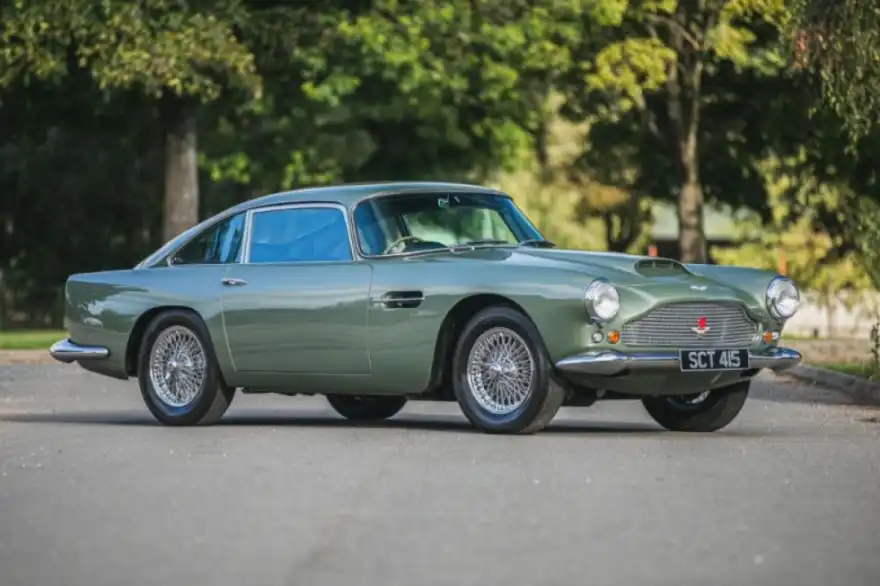
Life after the combustion engine marks another shift in the history of the motor vehicle, over 110 years since the first mass-produced car, the Ford Model T, hit the market.
That got us thinking. The world has well over a century of the car under its belt, so what’s the greatest car nation?
We did a poll and, after a discussion in the office, one of us escaped from the melee of flying biscuits to write up the decisive list.
5. Japan
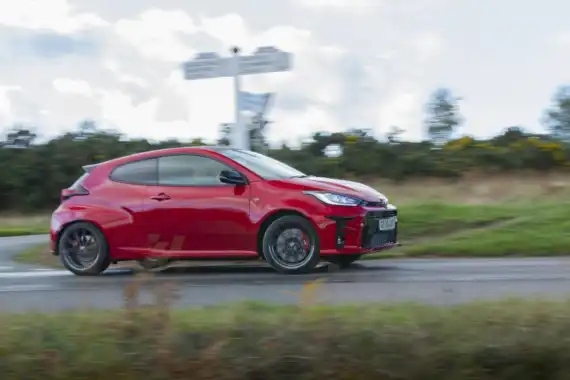
Japan works its way onto our list thanks to a no-nonsense approach to engineering, which has seen it gain respect due to the quality of its cars today.
Japanese motors have been improving for many years. After realising Europeans have higher expectations when it comes to styling, the exterior looks gradually have less of a Japanese feel about them. Furthermore, the interiors are becoming ever less utilitarian.
Even the mighty Germans can’t compete when it comes to reliability. And there are more Japanese manufacturers than you might think, too. Honda is one of the most prominent examples, along with Toyota, Lexus, Nissan, Mazda, Subaru, Suzuki, and Isuzu. Their badges might not set the world alight, but a handful of their vehicles do.
The Mazda MX-5, for example, is one of the finest sports cars cash can buy – and has been consistently brilliant for over three decades. The Honda S2000 is also impressive. And Japanese engineering has garnered quite a reputation because of the Nissan GT-R, the Honda Civic Type R, the Subaru Impreza, and the Lexus LFA.
But family rides such as the Suzuki Ignis 4x4, the Mazda 6, Lexus IS, the Nissan Juke and Qashqai, the Honda CR-V and the Toyota Yaris are also among the respectable Japanese vehicles we’re more familiar with.
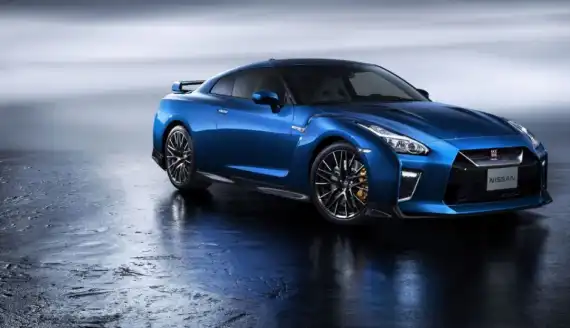
Classics of old include the Nissan Skyline and the original Honda NSX, while the Mazda RX3 and Toyota Celia GT are also worthy of a mention.
It is some turnaround, as Japan has produced plenty of shockers. Before the 21st century, it’s a case of where do you begin?
The Suzuki X-90 looked like a sports car had gone through a small SUV, while the Nissan S-Cargo resembled a Citroen 2CV merged with an ice-cream van. The Subaru SVX appeared as though someone had flattened a Vauxhall Calibra, while the Daihatsu Midget II looked like a giant mosquito with wheels.
Still, it could be worse – most of these motors had reasonably sensible names. But the same can’t be said of countless others.
Mazda once made a vehicle called the Titan Dump. It also launched the Bongo Friendee campervan, while Mitsubishi rolled the Minica Winky off the production line. It then spectacularly failed to learn its lessons by launching the Minica Lettuce a few years later, following it up with the hilariously named Toppo Town Bee. Finally, one of the automaker’s concepts was a small bubble car called the Mini Active Urban Sandal.
Honda got in on the act with the Life Dunk before launching the Vamos Hobio Travel Dog. Daihatsu named two of its cars, Naked and Applause. Not to be outdone, Nissan termed one of its cars the Diesel Space Dream, while Isuzu had the Toppo Guppy, the Bighorn, and it once literally named a car the Mysterious Utility Wizard.
But, when you look at the quality of vehicles Japan is producing today, it’s an incredible transformation that has earned the nation its right to a stable footing on the engineering ladder.
Verdict: Madness in name. Madness in nature. Some very bizarre vehicles, but the craziness has been channelled into some insanely good sports cars, maturing nicely into a country that’s making high-quality motors.
4. The USA
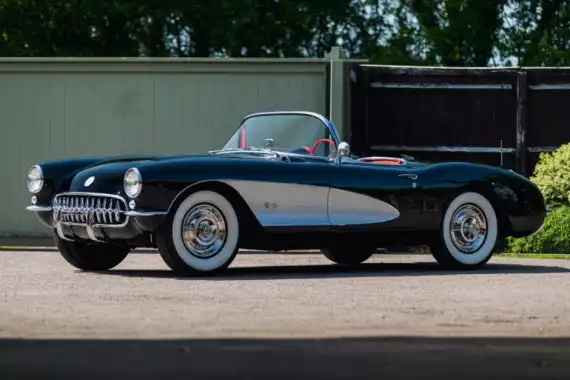
The United States of America is a difficult one because, on the upside, it has some of the most legendary names in automotive history. The downside, though, is that most of the rides it has made are lame.
The quality of American motors has improved in recent years. But the fact remains that the design of the typical US city – perfectly square blocks surrounded by some blacktop – means the Americans didn’t need to design a car that could handle well and go round corners at speed.
As a result, US citizens tended to measure a car’s credentials by how powerful it was and, therefore, the concept of ‘bigger is better’ – both in terms of engine size and, in some cases, the bodyshell itself – was born. As long as it had a big, loud V8, that's all that mattered, even if it had to call at every single gas station it came across. So it says a lot that some advertisements made a big fuss about their car weighing more than a rival.
Nevertheless, who can overlook the likes of the Ford GT40 (though admittedly that was British-built), the Mustang, the Chevrolet Corvette, Dodge Charger and the Pontiac Firebird?
But it’s not just about muscle cars. Let’s not forget the classics like the Chevvy Impala, whose 1950s Batmobile-esque impersonation featured possibly the most outrageous rear-end ever fitted to a vehicle. There was also the El Camino and, of course, the Lincoln Town Car, which is more familiar to us Brits in stretched-limo form. And who could fail to recall manufacturers like Buick, Mercury, Oldsmobile and Imperial?
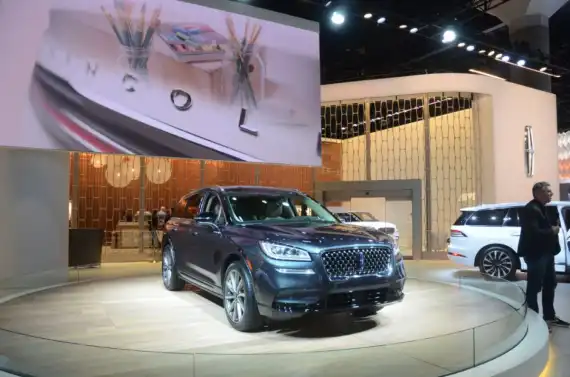
Of course, as we mentioned at the beginning, the US launched the first-ever mass-produced car, the Ford Model T, back in 1908. Admittedly it had the advantage of being the only motor available to buy in the world for a time. But, given hardly anyone drove in the early years, it’s astonishing that, to this day, it remains in the top ten best-selling cars ever.
Even though most of the above – certainly between the 1950s and the 1980s – weren’t cars that would win awards for handling, they certainly won hearts for their styling.
The United States has largely abolished its "big is best" attitude towards motor vehicles, and their design has become increasingly European. Thankfully, that's come with better handling, plus engines that can do miles per gallon, rather than the other way around.
But, while these are undoubtedly good things, it means the soul and essence of American motoring is very much a bygone era.
Verdict: Historically poor quality isn’t enough to dampen the eye-watering ostentatiousness that the US had for its car styling. Nowadays, the quality is getting better, but, sadly, in so doing, America has consigned the head-turning designs of old to the history books.
3. Germany
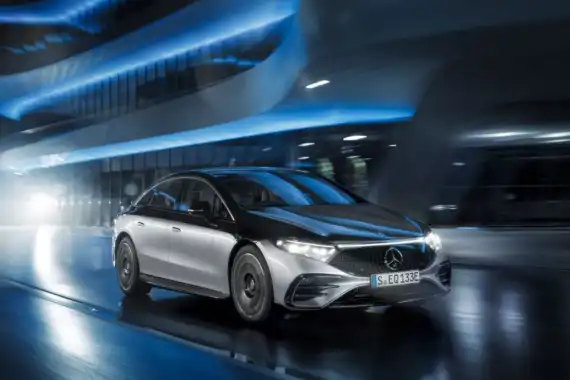
You really can’t talk about the greatest car countries without including the Germans.
Germany is a nation whose culture embodies punctuality and structure. As a result, it’s no wonder that precision is high up its list of priorities. This explains how BMW, Audi and Mercedes-Benz have earned a reputation for reliability, luxury and performance.
The only problem is that, nowadays, technological advances mean that other nations have caught up and even surpassed the Germans for reliability. German manufacturers produce cars that many believe won’t break down. But that’s not as true today as it was twenty-or-so years ago.
We Brits also tend to think that the Germans don’t always have a sense of fun. But you don't have to look very far to see they're more than capable of having a good time. The much-revered BMW M-cars are among the best you can buy. The M3 – arguably the M4 even more so, along with the smaller M2 – provide almost supercar performance, while the M5 remains king of the road in terms of executive sports saloons.
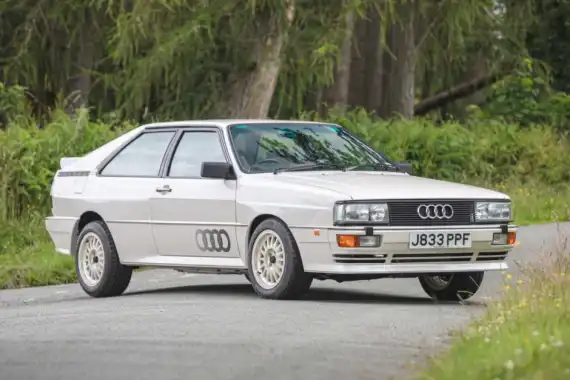
Meanwhile, Audi and Mercedes have moved into a competitive position by upping the game with their S, RS and AMG ranges, too – the S4 and RS4, S5 and RS5 and Merc’s C63 providing viable alternatives to the M3 and M4. Beasts like the Audi R8, the Mercedes-AMG SLS, and GT add much garnish, too.
It is not just about the super-fast cars, though. All three brands provide perfectly normal versions of most of their ultra-fast coupes and saloons, while an increasing number of SUVs are on offer. These include the excellent Q7 and X5. Mercedes, meanwhile, is strolling off into the future by launching a whole new range of electric vehicles.
Sadly, however, the whole point of owning a German premium brand always used to be its exclusivity. Nowadays, a BMW 3-Series makes up just about every other car on the road, making it a bit samey and even a touch on the bland side. This, coupled with some questionable reliability in recent years, means Germany doesn’t quite top the list.
Classics include the Mercedes SL Pagoda, the Audi Quattro and the BMW 2002 and 3.0 CS. There’s also Porsche – most notably thanks to the 911 – although it’s expanded its range massively in recent years, too. Meanwhile, the ever-dependable Volkswagen, which gave us the Beetle and the Golf GTi, offers more affordable options while retaining a reputation for quality.
The wider VW group also owns many brands that aren't thought of as German. This means Spanish SEATs and Italian Lamborghinis are among those to benefit from the Deutschland touch.
Verdict: A well-earned reputation for premium quality and awe-inspiring high-performance cars, coupled with some great old classics. But recent questionable reliability compromises one of its biggest perceived strengths, while a lack of exclusivity makes it a victim of its success.
2. Italy
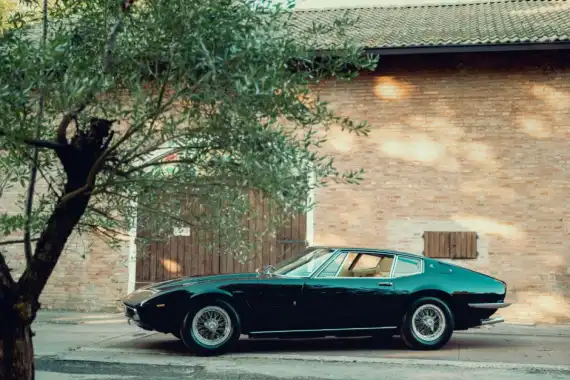
Any conversation about automotive panache must include the Italians.
Italy pours every ounce of passion into its motors, making them beautiful, luxurious, powerful, loud and fast. Just look at your average Ferrari or Lamborghini. It’s practically a work of art. And, of course, Maserati caters to those who want to merge a supercar with the sophistication of an executive motor.
Search online for the aftermath of a Ferrari victory in the Formula One Italian Grand Prix at Monza – and the supporters act like they’ve won the World Cup. They’re nuts about the prancing horse, so much so that the auto brand has often been described as ‘more religion than car manufacturer’. Likewise, there is enormous respect in Italy for Lamborghini, with the raging bull charging its way into the hearts of petrolheads.
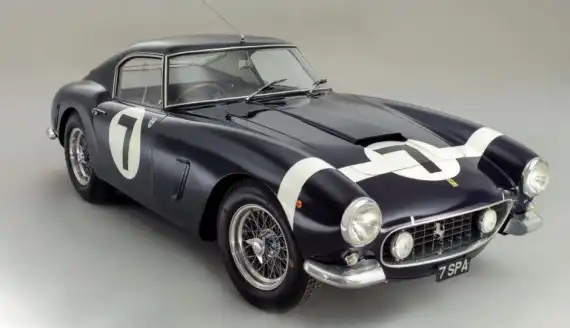
Both manufacturers have produced some memorable classics over the decades, with Lambo offering the Miura, Urraco, Countach, and Diablo. It even provided family-friendliness and practicality (relatively speaking) in the form of the Espada. The Gallardo and the Murcielago both lasted the test of time before making way for new models, including the Urus SUV.
Ferrari, meanwhile, gave us the 275 GTB based on a rally car, along with the 250 GTO, 365 GTB Daytona, the Dino, the Testarossa and the greatest of them all, the F40. Its replacement, the F50, is worth a mention, too, even though it failed to live up to its predecessor's benchmark. And there’s the spectacular Enzo in more recent years. The 360 is still very sought-after, too, mainly as its looks have lasted the test of time more so than other Ferraris.
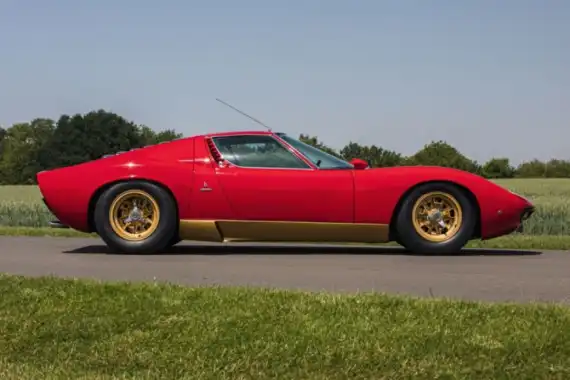
And, of course, let’s not forget Pagani, makers of the outrageous-looking Zonda and, more recently, the Huayra – plus Lancia, which gave us the legendary Stratos.
Supercars aside, Alfa Romeo makes autos within the reach of everyday people, which, although not renowned for build quality, are a joy to look at. The marque’s revival in fortunes has taken it to a new level with the Brera, the 4C, 8C and the stunning Giulia. Alfa has also fashioned some spectacularly memorable classics like the Alfetta, the Alfasud, GTV V6, P3, SZ, the 75, the 155 and the Tubolare Zagato.
Abarth has similarly contributed, too. And who could forget underdog Fiat, with its little 500 – which Abarth also gave us a muscled-out version of – reviving a popular classic to massive success in recent times, along with a host of affordable family cars.
Verdict: Passionate doesn’t even come close to describing the Italians. But sometimes they can be all style and no substance, certainly when it comes to reliability. But any broken-down Italian motor still guarantees you something nice to stand next to at the side of the road.
1. The United Kingdom
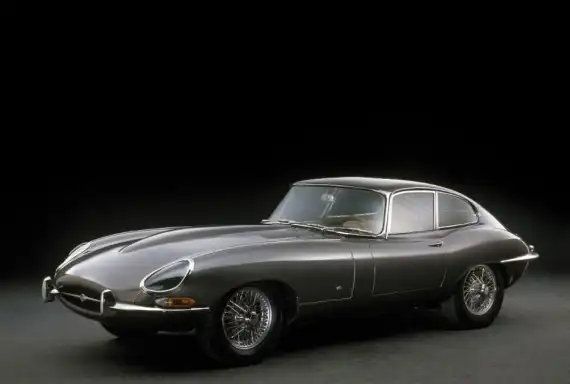
Okay, maybe we’re biased. But it’s just so difficult to look past the UK as the greatest driving nation on earth.
Granted, our car industry may be the tiniest of shadows of what it once was. And even traditionally British cars such as Mini, Rolls-Royce, Bentley, Lotus, Jaguar and Land Rover have long since fallen into the hands of foreign ownership.
Nevertheless, Great Britain has undoubtedly set the way forward. Cars like the Lotus Elise, the Mk1 Ford Escort, the McLaren F1, the Aston Martin DB5, the Jaguar E-Type, the classic Land Rover Defender and the Mini all led the way.
And who can forget classics like the Triumph Herald, the Jaguar XJ6, the XJ220 supercar, the Rover SD1, the AC Cobra, Austin’s Healey and Seven cars, the Morris Marina, the Austin Allegro, Jensen’s Interceptor, Lotus’s Esprit and Elan, the MG MGB and Triumph Stag?
Not all these cars were great. Some were dreadful. But they defined British motoring. Even the ones that broke down a lot live fondly in our memories.
Wolseley was Britain’s biggest selling brand in the 1920s before being taken over by Morris. While Hillman, Riley and Standard are all names any classic automotive enthusiast will be familiar with.
And, given its long-standing association with Mercedes-Benz, many people also forget that the Daimler name (albeit, strictly speaking, not the same company) was initially attached to a British manufacturer.
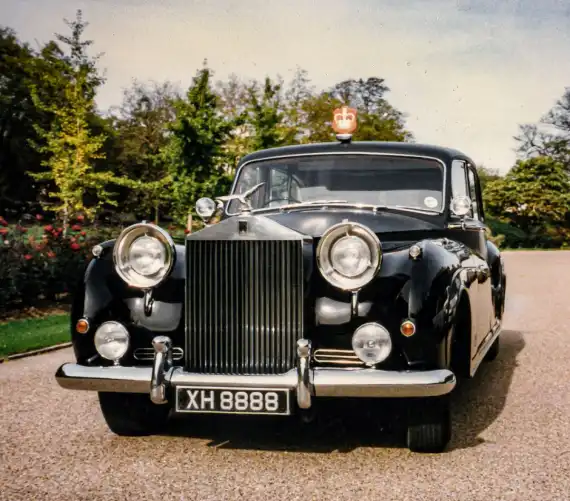
Foreign ownership aside, many manufacturers that are still standing remain firmly based in the British Isles. For example, Rolls-Royce has a spectacular line-up of the Dawn, Ghost, Phantom, Wraith, and its SUV Cullinan. Meanwhile, Bentley’s latest generation of the Continental GT has never looked more impressive, along with its four-door Flying Spur and the Bentayga SUV.
Mini’s production line is spread over Europe. But many models, including the standard Mini hatchback, the Clubman, Coupe and Roadster, are assembled in England.
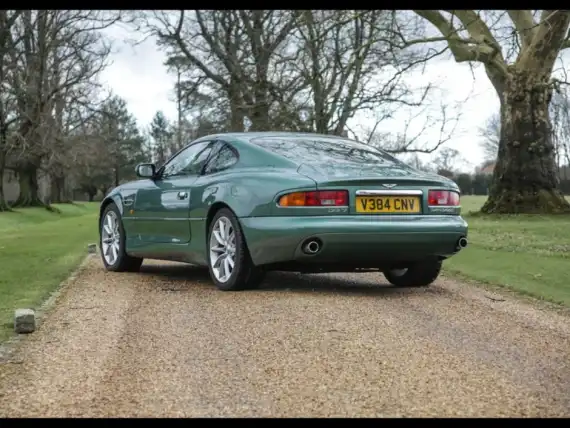
Aston Martin, of course, has the Vantage, DBS, DB11 and the DBX SUV – plus the spectacular forthcoming Valkyrie, designed in conjunction with F1 team Red Bull Racing. And, of course, Aston has its F1 team.
TVR and Caterham are worthy of a mention in dispatches, too, along with Morgan – with a focus on two-seaters that embellish the nation's love of cars.
Since properly launching its road car division in 2010, McLaren has quickly competed with the likes of Ferrari and Lamborghini. Its vehicles include the 12C, 650S and 720S, not to mention the P1 and Senna.
Smaller outfits such as Ginetta (yes, it still exists), Ariel, Bowler, Caterham, Noble, Prodrive, Radical, and Westfield also enhance the reputation. At the same time, Land Rover still leads the way in terms of desirable 4x4s, with Jaguar’s revitalisation continuing apace after years in the doldrums with uninspired, dated designs.
Even Vauxhall is now producing cars you’d want to buy. Although to what extent you can count it as British anymore is debatable.
There are also countless smaller manufacturers in the UK you might not have heard of – all hoping that their pluckiness can deliver something to keep that long-wicked British candle burning.
Verdict: If foreign ownership doesn’t rob a brand of its roots, then it’s difficult to look past the breadth of spectacular, and at times unusual, offerings that Britain still has today. Add that to decades of lovable classics from any number of now-defunct manufacturers, and you have a legacy that’s impossible to beat.
And in case you’re wondering how we can look at great car countries without mentioning Bugatti, that's because it's challenging to know which nation to give credit for it, as its roots are part Italian, part German and part French. So there.




